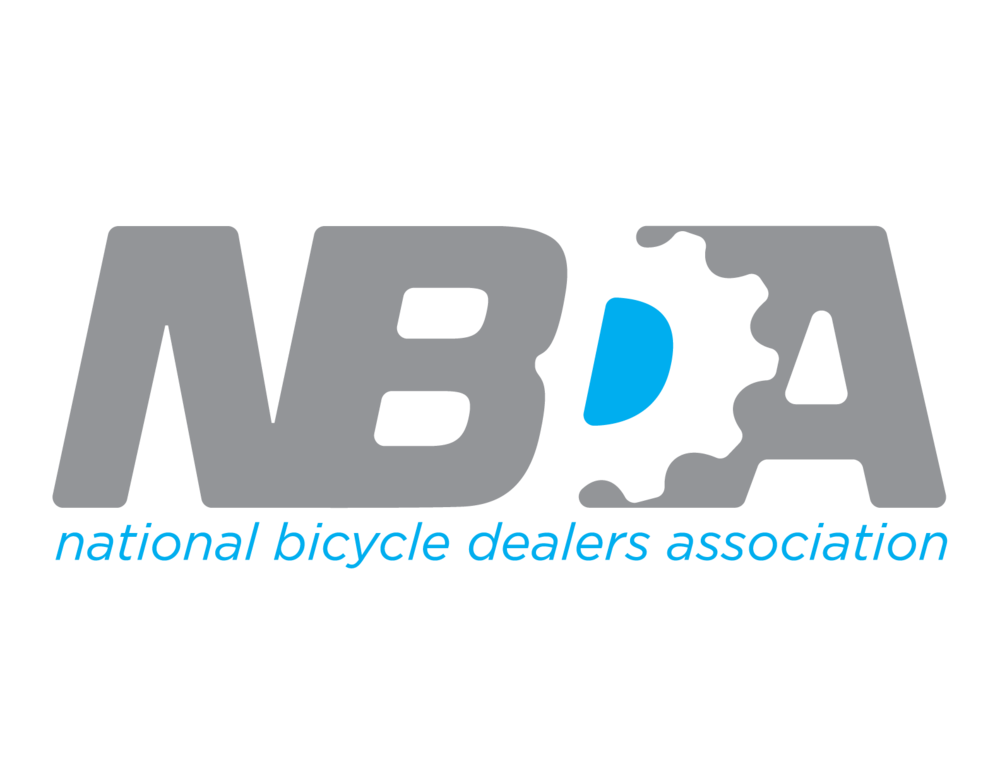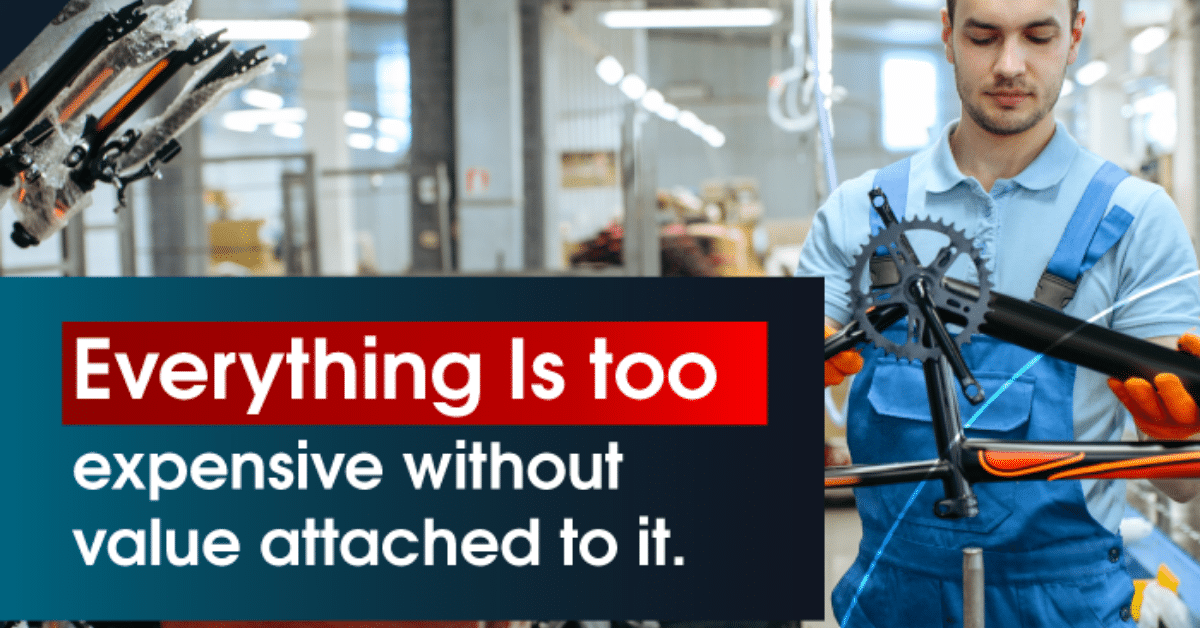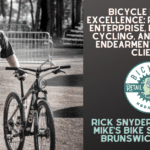Everything Is Too Expensive Without Value Attached to It
Written by Donna Hoffman – FriedmanU.com
Each customer places certain values on each feature of an item, and each customer places more value on some features than others. Research suggests that the right price may only be a small part of what people look for in buying.
Yet some shoppers may experience a bit of “sticker shock” when they see prices. They walk into the store and see the price of a bike, and you can see the look of astonishment on their faces, especially if they haven’t shopped for the bikes for a long time or have never shopped your store.
Or they may have seen similar looking bikes at a lesser price elsewhere, and they can’t understand why this bike is more expensive. After all, it looks the same, or so they think.
To make matters worse, they may know nothing about what to look for in terms of quality. They look at an item and know they like the way it looks, but they feel compelled to know if it’s “good quality.”
They’re perfectly willing to spend more for better quality once they get over the initial sticker shock, but it requires a salesperson to establish enough value that they can relate to reach a buying decision.
Once a customer sees the value in an item,
price becomes less important.
During your presentation, you can establish enough value so that the price no longer seems as unreasonable as it did when the customer first came in. As value goes up, price resistance will usually come down.
Value is Defined During the Questioning Process
It will be difficult to match the personal wants and needs of your customers or show why they should buy from your store if your questioning has not been effective. The questioning or probing process and the information gathered throughout it are inseparably linked to your presentation.
Use the clues you get from questioning to tell you where to start. Is the customer more interested in style or reputation? Is the frame most important or the seat? The answers are essential for an effective presentation.
Each bike includes features to make one similar to or different from another bike. But the features are not really what causes a customer to buy—the customer is shopping for benefits!
Features Never Sell—Benefits Do
Highly successful salespeople carefully choose the points they demonstrate so they can deliver the benefits their customers are shopping for.
This is accomplished by matching what you learn in the questioning process to the benefits of the item(s) you choose to present to the customer.
Questioning = Answers
Present Those Answers
Giving every customer your very best and enthusiastic presentation can make or break the sale. It’s difficult to give a customer a reason for selecting when you don’t think much of a particular item yourself and your negative attitude shines through.
As you are exposed to all the merchandise and acquire more product knowledge, your desire for the “better” things are likely to increase. However, if you are not sensitive to the individual tastes of each customer, you will lose sales.
In fact, using your own taste to guide customers can be deadly to the salesperson. It doesn’t matter what you think of an item or what you define as value. The only consideration when you’re on the floor is what your customers want and how you can best give it to them. The moment–the second–you can sell the merchandise you personally dislike with as much enthusiasm as the merchandise you love, is the moment you can begin to call yourself a true professional.
CREATING DESIRE
It’s not enough for customers simply to appreciate the value of an item—they also must be inspired to want it. Whether customer is buying a gift for themselves or buying a gift for someone else or upgrading some of their accessories, generating excitement to own an item is your job and creating the desire to own is an essential part of any demonstration.
Most of us spend more than we often need to spend on consumer goods because we don’t always look for practicality. People could buy clothing without a designer name for a fraction of the price of other lines, or a manufactured stone instead of a real diamond, but which do many people buy? They see something special in more expensive items and are inspired to pay for the excitement or gratification of owning them. Part of your job as a salesperson at your store is to inspire customers to want the best merchandise they can afford.
GETTING THE CUSTOMER INVOLVED
Urging customer involvement in the presentation is essential. Have customers lift the bike, fit them for a bike and let them take it for a test ride if you store location has an area for that. And encourage it. When shoppers participate in the presentation, they develop an emotional commitment to having the item. This commitment, in turn, boosts value of the merchandise to the customer and increases the customer’s desire to own it.
About Friedman U:
Friedman University is an online training platform for anyone looking to expand their knowledge on Salesmanship or Sales & Operations Management. Learn more or sign up at https://friedmanu.com/. You can find access to special NBDA member pricing for Friedman U on our Member Resources page.




